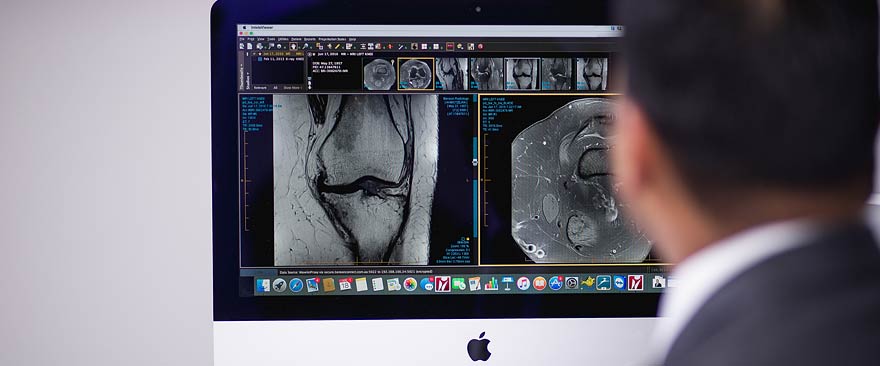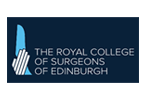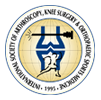A revision total knee replacement is a surgical procedure to correct a previous knee replacement. This may be necessary for one or more of several reasons, including::
- Artificial knee joint has reached the end of its life (artificial knee joints have a life expectancy of 15-20 years).
- High impact activities (e.g. running or other sports activity) have caused wear and/or loosening of artificial knee joint components.
- Weight gain has caused increased wear to the artificial knee joint.
- Osteolysis - this is where small chips that come away from the plastic insert in the artificial knee joint are attacked by the immune system, which then also attacks the healthy bone around the artificial components.
- Infection.
- Knee ligament injury.
- Subsequent injury e.g. a fall which may cause other bone fractures. Where the fracture occurs near the artificial knee it is referred to as a periprosthetic fracture.
- Arthritis has spread to other compartments in the knee (in the case of a previous unicompartmental knee replacement procedure).


X-ray images of revision TKR. Revision surgery often requires stemmed implants and metal augments.
Procedure
The revision total knee replacement is necessarily more complex than the primary knee replacement procedure. This is because previous artificial joint components must be removed and more bone needs to be removed from the shin bone and/or thigh bone before new components can be attached. As part of this process bone grafts or components called 'metal augments' or 'platform blocks' may be necessary to maintain limb alignment, ligament balance and proper functioning of the knee joint.
As with the standard Total Knee Replacement procedure, an incision is made (generally along the original scar line) and the kneecap and tendons are moved to one side to expose the knee joint. At this point Dr Reddy will assess all existing components for wear, damage and will check surrounding tissue for infection.
Components that need to be removed will be removed carefully, along with any bone cement residue, in order to preserve as much healthy bone as possible. As with standard knee replacement surgery, the remaining bone will be prepared for the attachment of new components and if necessary augments or blocks may be added, or in some cases a bone graft.
Often in case of infected primary knee replacement, a two-stage procedure can be required. In this case the first procedure involves the removal of the existing knee joint components and the insertion of an 'antibiotic spacer'. In the second procedure the spacer is removed and the new components are implanted.
Postoperative Recovery & Rehabilitation
The postoperative recovery procedure is very similar to the procedure after Total Knee Replacement surgery, although recovery can take longer in the case of revision surgery, with crutches or other form of support necessary for a slightly longer duration.
Risks and complications of revision total knee replacement are similar to those of primary knee replacement surgery, but can be of increased severity and incidence.







